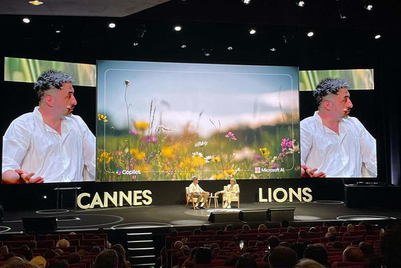
This year’s Independence Day was slightly different from earlier years. No it is nothing to do with flag hoisting, or the fact that it came on a Sunday. It was different because I did not receive even a single SMS message from my friends or acquaintances wishing me a happy Independence Day.
Neither did I send an SMS message to anyone.
While industry trends show that the volume of SMS messages will grow over the next few years to reach 3,700 billion in 2012, I think in mature markets, specifically where people are using phones with high-end features, the usage of SMS will flatten or at least start to decline.
If I were to look at the type of SMS messages I’ve been receiving, it is mostly spam. More than 80 per cent are junk. The number of relevant messages has reduced considerably over past few years. Perhaps this is because the cost of calling has drastically decreased so people prefer calling over sending a message.
If I were to map the reasons for communication against human behaviour it gives a fair idea of what role SMS messages have been playing and how it is being replaced by the latest trends in technology.
A typical human social network can be mapped in the circles: the inner circle, the intermediate circle, and the outer circle.
The inner circle is the close group of family, friends and immediate people with whom we regularly interact. Here the communication is usually personal, with sight, touch and voice playing an important role. SMS messages usually only used when there are barriers restricting communication.
The intermediate circle consists again of friends, distant relatives and colleagues. Since there are more barriers in terms of being at the same place most of the time, the preferred way of communication is voice or SMS. Here SMS plays a vital role.
The outer circle is where there are many acquaintances in the network, and others who are not in the active radar. Here the reasons for communicating is limited to specific occasions. Most of the time the message is neither personal nor one-to-one. It is here where SMS messages are used more frequently but now also increasingly being replaced by real time social status updates.
Then there is also the 'one message for all' which cuts across all three circles and generally tends to be occasion based. These are now also being replaced by technology and the proliferation of social networking applications on mobile phones.
Back to Independence Day. Most of the people in my network updated their status messages (including myself) and broadcasted what needed to be said on this occasion. Had it been few years back, each one of us would have been sending at least 50 SMS messages.
The usage of SMS messages will increasingly be limited to the intermediate circle, with increased usage of mobile SNS applications to replace SMS messages.
My reasoning is backed by another seemingly unrelated development in the product offerings of a popular mobile service provider in India. A new ad for Tata DoCoMo talks about ‘pay per site’ data usage and prominently features the Twitter and Facebook logos. Through a flat monthly rate you can now access your favourite sites with unlimited data access. Such offerings would surely ring, if not death knell, at least a serious blow to SMS messages.
Or maybe SMS messages, in its new avatar, would stand for social media status messages.


.jpg&h=334&w=500&q=100&v=20250320&c=1)


.png&h=334&w=500&q=100&v=20250320&c=1)




.png&h=334&w=500&q=100&v=20250320&c=1)

.jpg&h=268&w=401&q=100&v=20250320&c=1)

.png&h=268&w=401&q=100&v=20250320&c=1)

.png&h=268&w=401&q=100&v=20250320&c=1)
.png&h=268&w=401&q=100&v=20250320&c=1)

